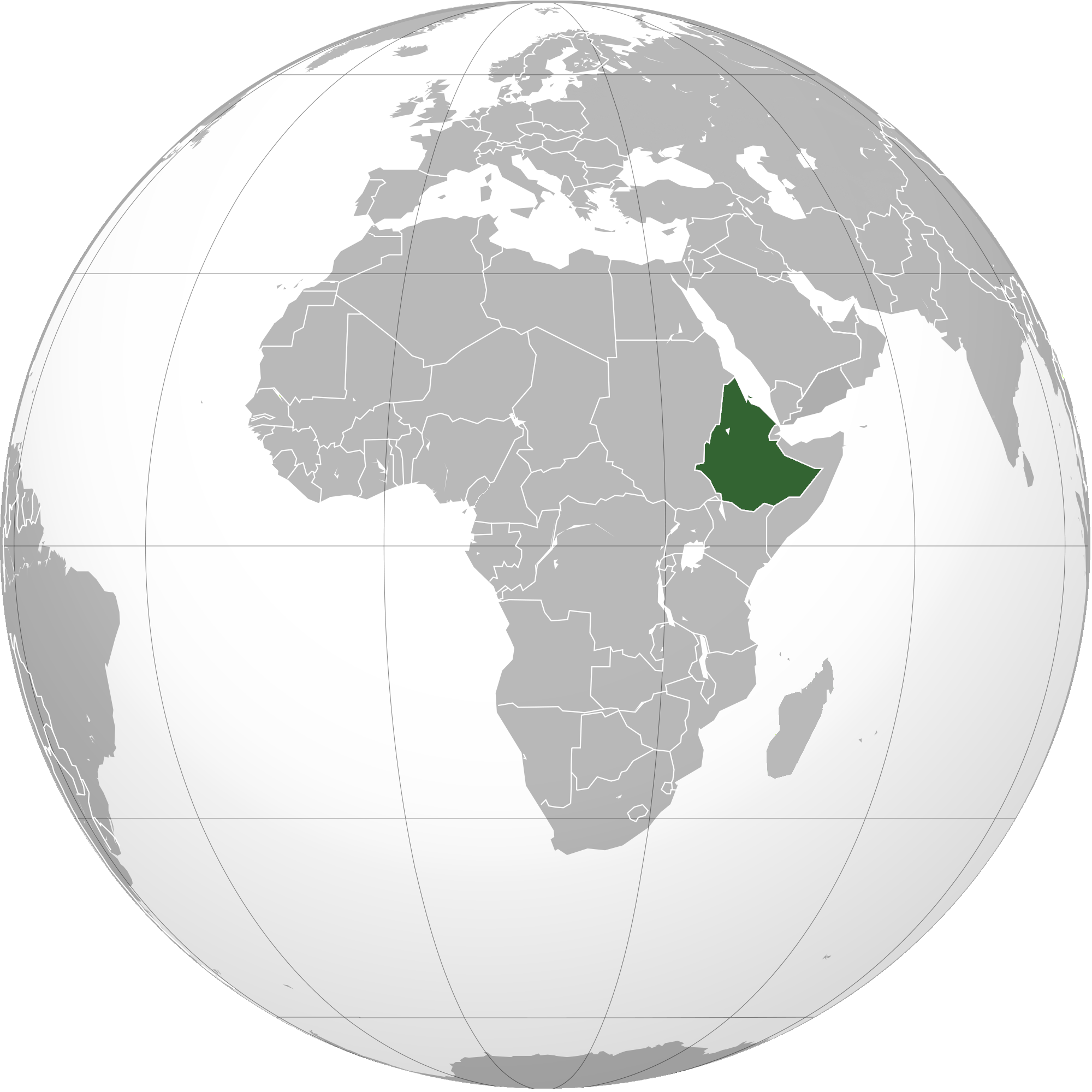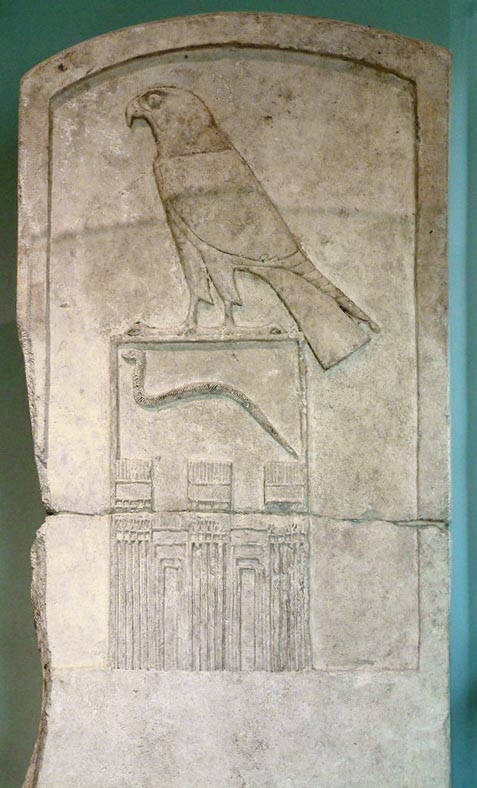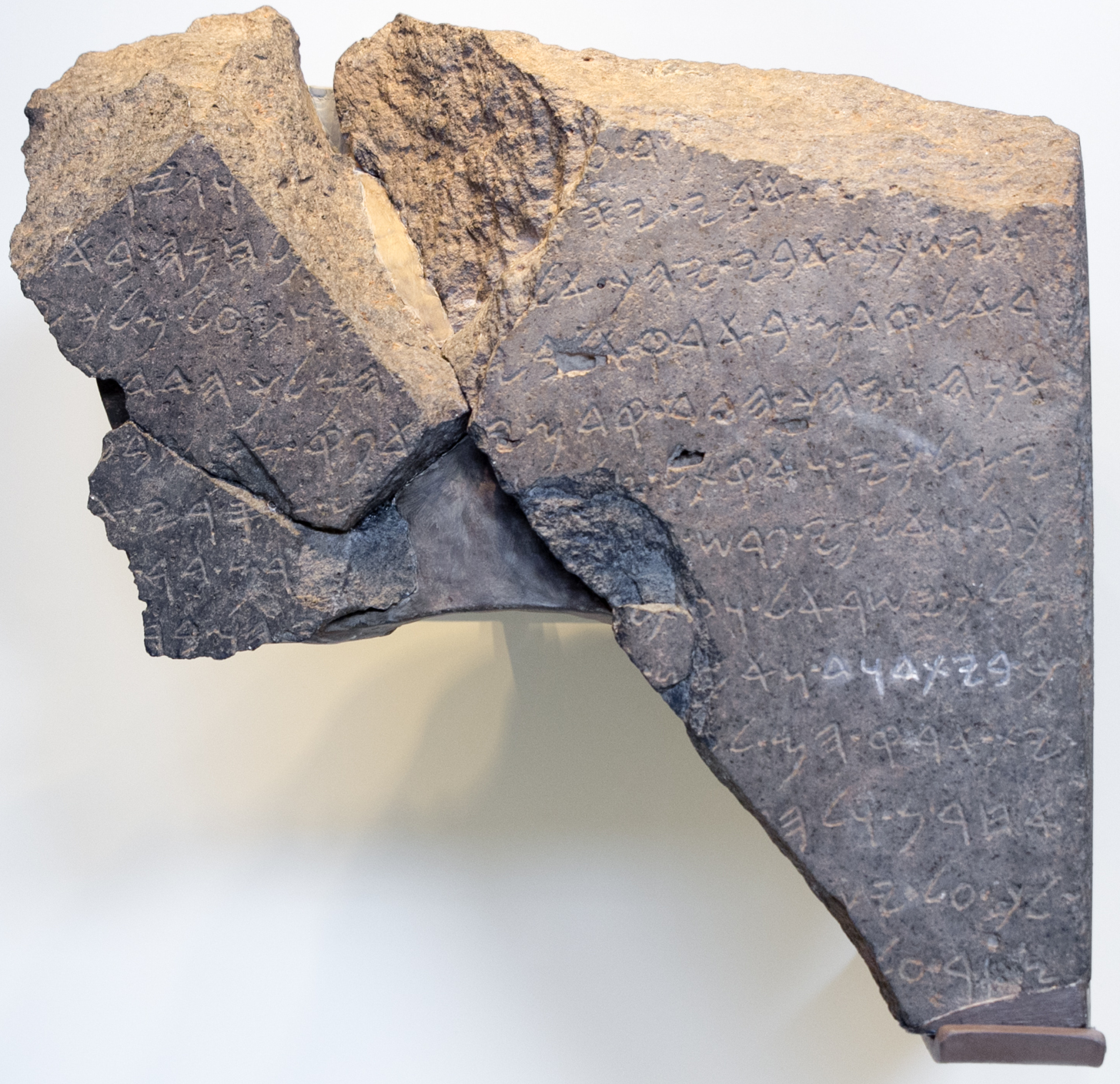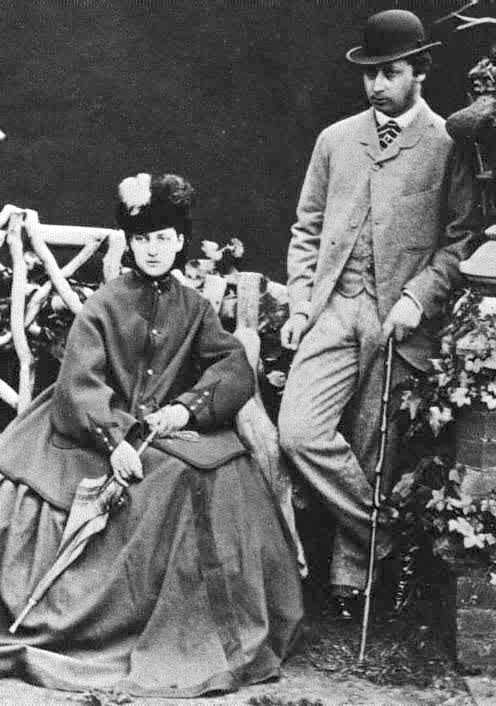|
Regnal Name
A regnal name, regnant name, or reign name is the name used by monarchs and popes during their reigns and subsequently, historically. Since ancient times, some monarchs have chosen to use a different name from their original name when they accede to the monarchy. The regnal name is usually followed by a regnal number, written as a Roman numeral, to differentiate that monarch from others who have used the same name while ruling the same realm. In some cases, the monarch has more than one regnal name, but the regnal number is based on only one of those names, for example Charles X Gustav of Sweden. If a monarch reigns in more than one realm, they may carry different ordinals in each one, as some realms may have had different numbers of rulers of the same regnal name. For example, the same person was both King James VI of Scotland and King James I of England. The ordinal is not normally used for the first ruler of the name, but is used in historical references once the name is ... [...More Info...] [...Related Items...] OR: [Wikipedia] [Google] [Baidu] |
Monarch
A monarch () is a head of stateWebster's II New College Dictionary. "Monarch". Houghton Mifflin. Boston. 2001. p. 707. Life tenure, for life or until abdication, and therefore the head of state of a monarchy. A monarch may exercise the highest authority and power in the Sovereign state, state, or others may wield that power on behalf of the monarch. Usually, a monarch either personally inheritance, inherits the lawful right to exercise the state's sovereign rights (often referred to as ''the throne'' or ''the Crown, the crown'') or is elective monarchy, selected by an established process from a family or cohort eligible to provide the nation's monarch. Alternatively, an individual may self-proclaimed monarchy, proclaim oneself monarch, which may be backed and Legitimacy (political), legitimated through acclamation, right of conquest or a combination of means. If a young child is crowned the monarch, then a regent is often appointed to govern until the monarch reaches the requisi ... [...More Info...] [...Related Items...] OR: [Wikipedia] [Google] [Baidu] |
George II Of Great Britain
George II (George Augustus; ; 30 October / 9 November 1683 – 25 October 1760) was King of Great Britain and King of Ireland, Ireland, Duke of Brunswick-Lüneburg (Electorate of Hanover, Hanover) and a prince-elector of the Holy Roman Empire from 11 June 1727 (Old Style and New Style dates, O.S.) until his death in 1760. Born and brought up in northern Germany, George is the most recent British monarch born outside Great Britain. The Act of Settlement 1701 and the Acts of Union 1707 positioned his grandmother Sophia of Hanover and her Protestant descendants to inherit the British throne. George married Princess Caroline of Ansbach, with whom he had eight children. After the deaths of George's grandmother and Anne, Queen of Great Britain, George's father, the Elector of Hanover, ascended the British throne as George I of Great Britain, George I in 1714. In the first years of his father's reign as king, Prince George was associated with opposition politicians until they rej ... [...More Info...] [...Related Items...] OR: [Wikipedia] [Google] [Baidu] |
Yekuno Amlak Of Ethiopia
Yekuno Amlak (); throne name Tesfa Iyasus (; died 19 June 1285) was Emperor of Ethiopia, from 1270 to 1285, and the founder of the Solomonic dynasty, which lasted until 1974. He was a ruler from Bete Amhara (in parts of modern-day Wollo and northern Shewa) who became the Emperor of Ethiopia following the defeat of the last Zagwe king. Origins and rise to power Yekuno Amlak hailed from an ancient Amhara family. Later medieval texts, written in support of his dynasty, claimed that he was a direct male line descendant of the former royal house of the Kingdom of Aksum which was, itself, descended, it was claimed, from the biblical king Solomon. However, there is no credible historical evidence for such an ancestry or that the Aksumite kings ever claimed descent from Solomon. The claims, nevertheless, formed the basis of his dynasty's pretense that Yekuno Amlak "restored" the Solomonic dynasty to the Ethiopian throne when he overthrew the last of the Zagwe kings in 1270. The ... [...More Info...] [...Related Items...] OR: [Wikipedia] [Google] [Baidu] |
Ethiopian Empire
The Ethiopian Empire, historically known as Abyssinia or simply Ethiopia, was a sovereign state that encompassed the present-day territories of Ethiopia and Eritrea. It existed from the establishment of the Solomonic dynasty by Yekuno Amlak around 1270 until the 1974 Ethiopian coup d'état, 1974 coup d'état by the Derg, which ended the reign of the final Emperor, Haile Selassie. In the late 19th century, under Emperor Menelik II, the Menelik II's conquests, empire expanded significantly to the south, and in 1952, Federation of Ethiopia and Eritrea, Eritrea was federated under Selassie's rule. Despite being surrounded by hostile forces throughout much of its history, the empire maintained a kingdom centered on its Orthodox Tewahedo, ancient Christian heritage. Founded in 1270 by Yekuno Amlak, who claimed to descend from the last Kingdom of Aksum, Aksumite king and ultimately King Solomon and the Queen of Sheba, it replaced the Agaw people, Agaw Zagwe Kingdom, kingdom of the Za ... [...More Info...] [...Related Items...] OR: [Wikipedia] [Google] [Baidu] |
Ancient Egyptian Royal Titulary
The royal titulary or royal protocol is the standard naming convention taken by the pharaohs of ancient Egypt. It symbolised worldly power and holy might, also acting as a sort of mission statement for the duration of a monarch's reign (although sometimes it even changed during the reign). The full titulary, consisting of five names, did not come into standard usage until the Middle Kingdom but remained in use as late as the Roman Empire. Origins In order that the pharaoh, who held divine office, could be linked to the people and the gods, special epithets were created for them at their accession to the throne. These titles also served to demonstrate one's qualities and link them to the terrestrial realm. The five names were developed over the centuries beginning with the Horus name. This name identified the figure as a representative of the god Horus. The Nebty name was the second part of the royal titular of Upper and Lower Egypt. This name placed the king under the protection o ... [...More Info...] [...Related Items...] OR: [Wikipedia] [Google] [Baidu] |
Ancient Egypt
Ancient Egypt () was a cradle of civilization concentrated along the lower reaches of the Nile River in Northeast Africa. It emerged from prehistoric Egypt around 3150BC (according to conventional Egyptian chronology), when Upper and Lower Egypt were amalgamated by Menes, who is believed by the majority of List of Egyptologists, Egyptologists to have been the same person as Narmer. The history of ancient Egypt unfolded as a series of stable kingdoms interspersed by the "Periodization of ancient Egypt, Intermediate Periods" of relative instability. These stable kingdoms existed in one of three periods: the Old Kingdom of Egypt, Old Kingdom of the Early Bronze Age; the Middle Kingdom of Egypt, Middle Kingdom of the Middle Bronze Age; or the New Kingdom of Egypt, New Kingdom of the Late Bronze Age. The pinnacle of ancient Egyptian power was achieved during the New Kingdom, which extended its rule to much of Nubia and a considerable portion of the Levant. After this period, Egypt ... [...More Info...] [...Related Items...] OR: [Wikipedia] [Google] [Baidu] |
Kingdom Of Judah
The Kingdom of Judah was an Israelites, Israelite kingdom of the Southern Levant during the Iron Age. Centered in the highlands to the west of the Dead Sea, the kingdom's capital was Jerusalem. It was ruled by the Davidic line for four centuries. Jews are named after Judah, and primarily descend from people who lived in the region. The Hebrew Bible depicts the Kingdom of Judah as one of the two successor states of the Kingdom of Israel (united monarchy), United Kingdom of Israel, a term denoting the united monarchy under biblical kings Saul, David, and Solomon and covering the territory of Judah and Kingdom of Israel (Samaria), Israel. However, during the 1980s, Biblical minimalism, some biblical scholars began to argue that the archaeological evidence for an extensive kingdom before the late 8th century BCE is too weak, and that the methodology used to obtain the evidence is flawed. In the 10th and early 9th centuries BCE, the territory of Judah might have been limited ... [...More Info...] [...Related Items...] OR: [Wikipedia] [Google] [Baidu] |
Assyria
Assyria (Neo-Assyrian cuneiform: , ''māt Aššur'') was a major ancient Mesopotamian civilization that existed as a city-state from the 21st century BC to the 14th century BC and eventually expanded into an empire from the 14th century BC to the 7th century BC. Spanning from the early Bronze Age to the late Iron Age, modern historians typically divide ancient Assyrian history into the Early Assyrian period, Early Assyrian ( 2600–2025 BC), Old Assyrian period, Old Assyrian ( 2025–1364 BC), Middle Assyrian Empire, Middle Assyrian ( 1363–912 BC), Neo-Assyrian Empire, Neo-Assyrian (911–609 BC), and Post-imperial Assyria, post-imperial (609 BC– AD 240) periods, based on political events and gradual changes in language. Assur, the first Assyrian capital, was founded 2600 BC, but there is no evidence that the city was independent until the collapse of the Third Dynasty of Ur, in the 21st century BC, when a line of independent kings starting with Puzur-Ashur I began rulin ... [...More Info...] [...Related Items...] OR: [Wikipedia] [Google] [Baidu] |
Edward VII
Edward VII (Albert Edward; 9 November 1841 – 6 May 1910) was King of the United Kingdom and the British Dominions, and Emperor of India, from 22 January 1901 until Death and state funeral of Edward VII, his death in 1910. The second child and eldest son of Queen Victoria and Prince Albert of Saxe-Coburg and Gotha, Edward, nicknamed "Bertie", was related to royalty throughout Europe. He was Prince of Wales and heir apparent to the British throne for almost 60 years. During his mother's reign, he was largely excluded from political influence and came to personify the fashionable, leisured elite. He Wedding of Prince Albert Edward and Princess Alexandra, married Princess Alexandra of Denmark in 1863, and the couple had six children. As Prince of Wales, Edward travelled throughout Britain performing ceremonial public duties and represented Britain on visits abroad. His tours of North America in 1860 and of the Indian subcontinent in 1875 proved popular successes. Despite the ap ... [...More Info...] [...Related Items...] OR: [Wikipedia] [Google] [Baidu] |
Edwardian Era
In the United Kingdom, the Edwardian era was a period in the early 20th century that spanned the reign of King Edward VII from 1901 to 1910. It is commonly extended to the start of the First World War in 1914, during the early reign of King George V. The era is dated from the death of Queen Victoria in January 1901, which marked the end of the Victorian era. Her son and successor, Edward VII, was already the leader of a fashionable elite that set a style influenced by the art and fashions of continental Europe. Samuel Hynes described the Edwardian era as a "leisurely time when women wore picture hats and did not vote, when the rich were not ashamed to live conspicuously, and the sun never set on the British flag." The Liberals returned to power in 1906 and made significant reforms. Below the upper class, the era was marked by significant shifts in politics among sections of society that had largely been excluded from power, such as labourers, servants, and the industri ... [...More Info...] [...Related Items...] OR: [Wikipedia] [Google] [Baidu] |







